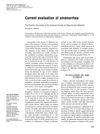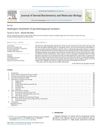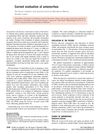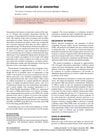Current Evaluation of Amenorrhea
July 2004
in “
Fertility and Sterility
”
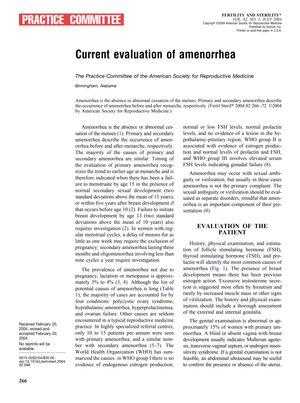
TLDR Amenorrhea is when a woman doesn't have periods, with primary amenorrhea starting by age 15 or within five years of breast development, and secondary amenorrhea when periods stop for three months. It affects 3-4% of women not pregnant, breastfeeding, or in menopause, mainly due to polycystic ovary syndrome, hypothalamic amenorrhea, hyperprolactinemia, and ovarian failure.
The 2004 document discussed the evaluation of amenorrhea, a condition where a woman of reproductive age doesn't have menstrual periods. It indicated that primary amenorrhea is when menstruation hasn't started by age 15 with normal secondary sexual development, or within five years after breast development if it starts before age 10. Secondary amenorrhea is when menstruation stops for three months, and oligomenorrhea is less than nine cycles a year. The prevalence of amenorrhea not due to pregnancy, lactation, or menopause was about 3% to 4%. The four main causes were polycystic ovary syndrome, hypothalamic amenorrhea, hyperprolactinemia, and ovarian failure. Other causes were rare in a typical reproductive medicine practice. The World Health Organization grouped the causes based on evidence of endogenous estrogen production, normal or low FSH levels, normal prolactin levels, and no evidence of a lesion in the hypothalamic-pituitary region.

